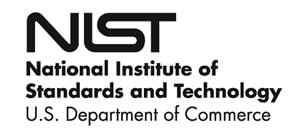RSS Feed Source: Science Daily
Researchers supported by the U.S. National Science Foundation have provided a new understanding of how and where learning occurs in the brain. The two-part finding has implications for understanding and treating neurodegenerative diseases like Alzheimer’s and other dementias, which impact more than 7 million people in the United States and account for $384 billion in health and long-term care costs, as well as for enhancing neural networks.
“Identifying how the brain actually forms new connections and learns is a question at the frontier of neuroscience,” said Paul Forlano, program officer in the NSF Directorate for Biological Sciences. “Knowing that influences our understanding of how we interact with our environment and pick up on and respond to cues, which opens the door to a range of new fundamental and applied research.”
The researchers, led by Kishore Kuchibhotla, assistant professor at Johns Hopkins University, used brain imaging to determine when mice learned a new skill. The imaging reinforced previous work, showing that mice learned quickly and that those that continued to make errors weren’t still learning; they were experimenting. The difference between mistakes and testing the rules was evident in changes in the neural activity that the researchers saw in the mice.
Kuchibhotla said the distinction between the brain dynamics in learning and the dynamics involved in using that skill could be mimicked in having a memory
Click this link to continue reading the article on the source website.

